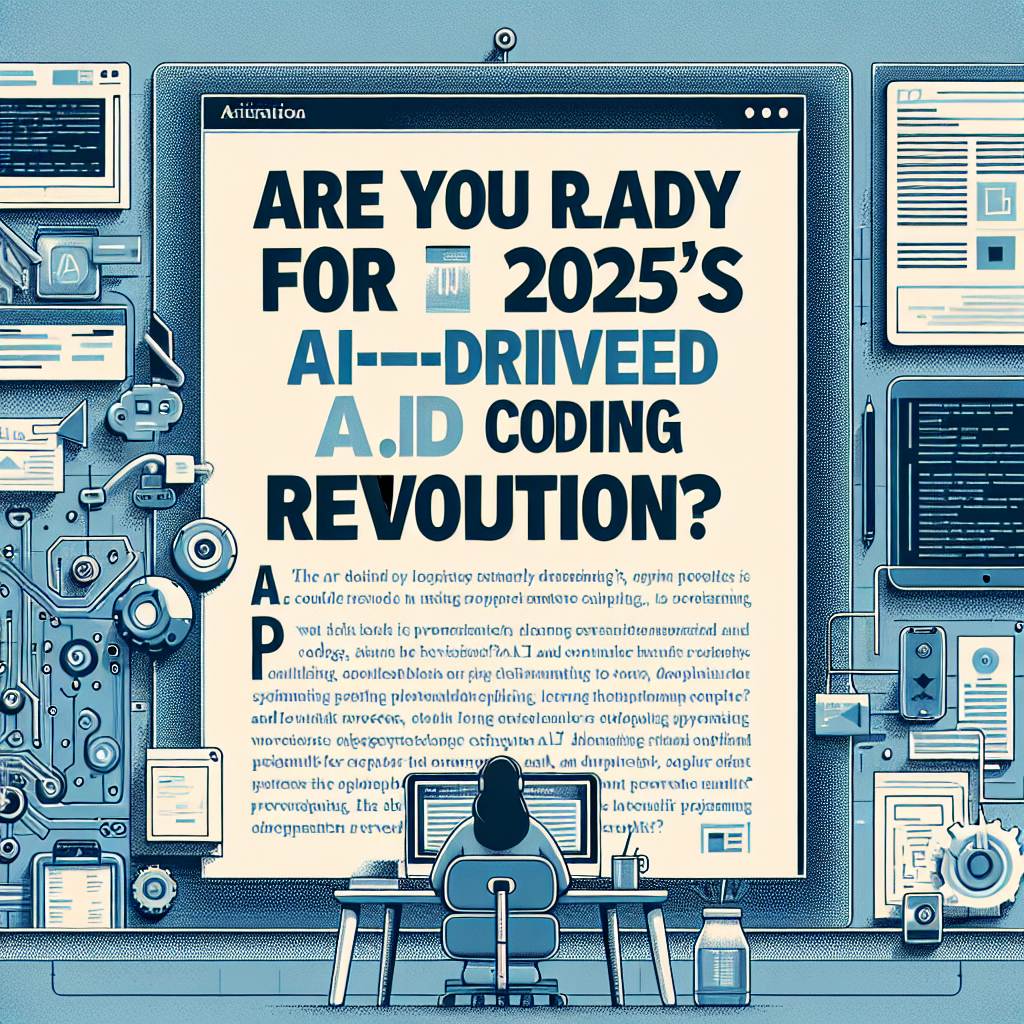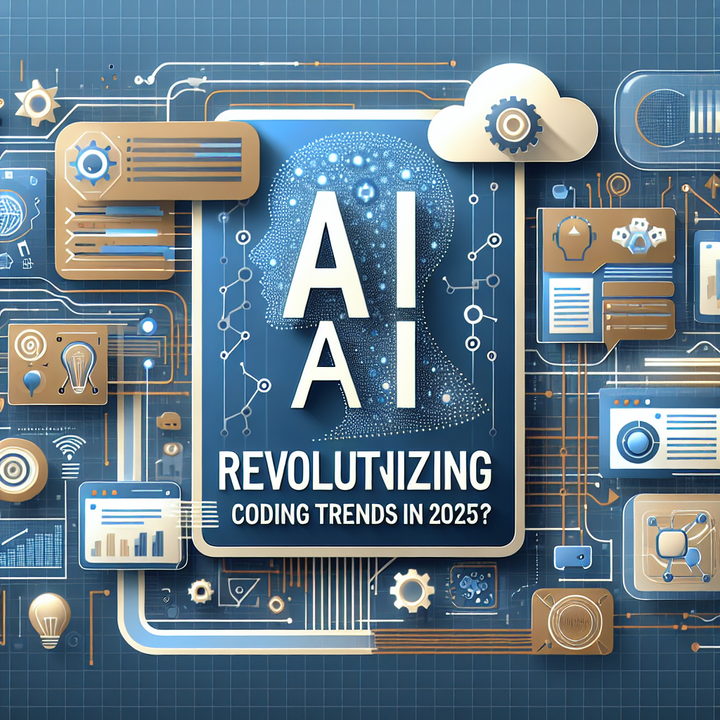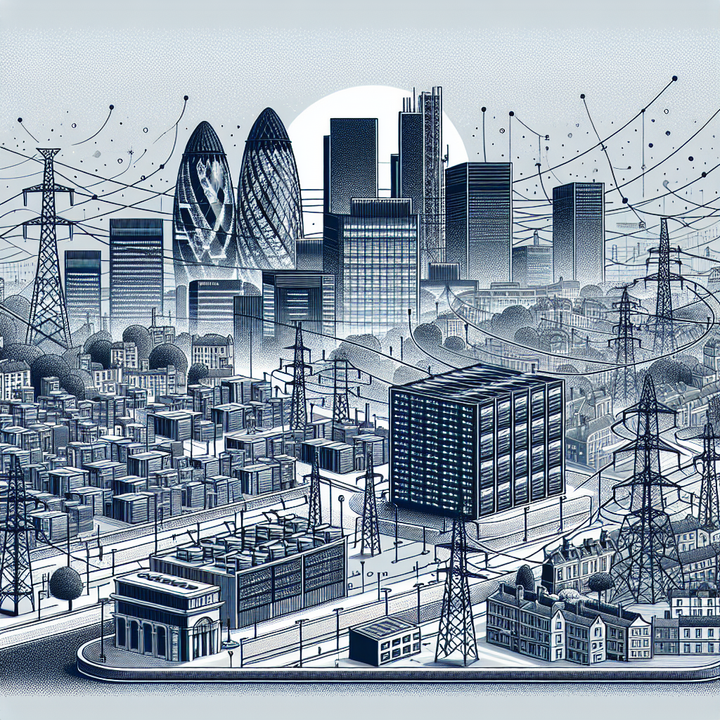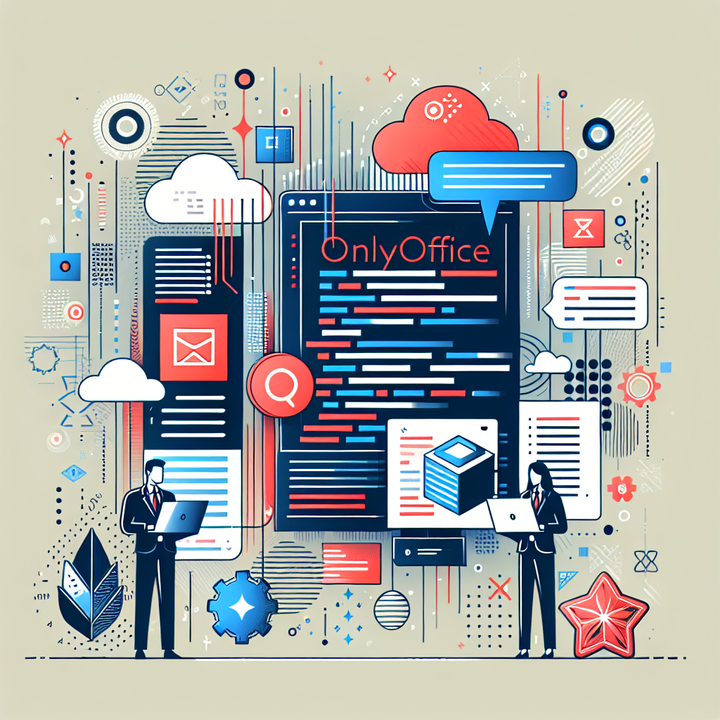Are You Ready for 2025's AI-Driven Coding Revolution?

Introduction: The Dawn of a New Coding Era
The landscape of programming is evolving faster than ever. In 2025, developers and tech enthusiasts alike are witnessing a pivotal shift driven by artificial intelligence, emerging frameworks, and the rising popularity of low-code/no-code platforms. This comprehensive article dives deep into the coding trends that are reshaping software development. Whether you are an experienced coder or a curious newcomer, prepare to explore innovative tools, challenge old paradigms, and discover how AI is turbocharging the development process.
Emerging Programming Languages and Frameworks
Every generation sees its own evolution of programming languages. In 2025, several languages have cemented their role in pushing the boundaries of software development. Developers are not only leaning towards languages that offer speed and efficiency but also those that integrate seamlessly with AI and automation technologies.
- Python: Continues to dominate thanks to its simplicity and extensive libraries for machine learning and data analytics.
- Rust: Gaining popularity for its robust memory management and efficiency, especially in systems programming.
- TypeScript: Revolutionizing web development by providing a scalable and maintainable approach to JavaScript programming.
- Go: Praised for its concurrency and simplicity, particularly in cloud computing and microservices architecture.
Along with these languages, several modern frameworks are aiding rapid development. For instance, frameworks like Next.js and NestJS are becoming essential for full-stack development. These tools not only improve the development workflow but also provide robust support for integrating with AI-driven algorithms.
AI-Driven Coding: Transforming Software Development
Artificial Intelligence is no longer a futuristic concept, but an integral element in the daily routines of developers. AI-driven coding platforms are now capable of automating repetitive tasks, providing intelligent code suggestions, and even flagging potential errors before they occur. This section explores how AI is changing the way we write and maintain code.
- Code Generation Tools: Solutions like GitHub Copilot and other AI-enhanced editors are facilitating quicker code generation while ensuring best practices.
- Error Detection and Debugging: Advanced machine learning models are capable of predicting bugs and suggesting fixes even before code compilation.
- Optimized Refactoring: AI tools analyze code structure and optimize for performance, reducing the technical debt and ensuring scalability.
This shift towards AI-driven development is empowering developers to focus on creative problem-solving, leaving routine tasks to intelligent algorithms. The result is more innovative products, faster turnaround times, and ultimately an enhanced end-user experience.
The Rise of Low-Code/No-Code Platforms
Low-code and no-code platforms are democratizing software development, allowing non-programmers to build functional applications quickly. These platforms are particularly appealing for startups, SMEs, and even large enterprises aiming to reduce time-to-market. But what exactly is driving this trend?
Low-code setups offer:
- Simplified Interface: Drag-and-drop tools that abstract the complexity of traditional coding.
- Seamless Integration: Easy connectivity with various APIs and third-party services to speed up development.
- Cost-Effectiveness: Reduced reliance on extensive development teams lowers operational costs significantly.
While advanced developers continue to work on complex systems, low-code and no-code platforms are growing rapidly, making app development accessible to a broader audience. However, they also raise questions about the future role of professional coders. Experts suggest that rather than replacing developers, these platforms are more likely to augment their work, allowing them to focus on more complex, creative tasks while routine functions are handled by automated solutions.
Integrating AI in Traditional Development Workflows
One of the biggest challenges in modern software development is integrating AI with traditional coding practices. Many development teams are now adopting hybrid models that blend conventional programming with AI-driven tools.
Key benefits include:
- Increased Productivity: AI tools manage mundane tasks, freeing developers to concentrate on innovative solutions.
- Enhanced Collaboration: Cloud-based AI systems enable real-time collaboration across geographically dispersed teams.
- Continuous Improvement: Machine learning algorithms provide constant feedback and improvements, making systems more robust as they evolve.
Adapting to this hybrid workflow involves challenges such as ensuring the reliability of AI-generated code and maintaining human oversight. Despite these challenges, the rapid adoption of integrated AI tools is a testament to their effectiveness in boosting development efficiency and accuracy.
New Tools and Innovations Shaping the Industry
Innovation in software development is driven by the constant emergence of new tools and methodologies that simplify complex processes while increasing the quality and speed of delivery. Among these tools, a few standout trends are highlighted below:
- Containerization and Orchestration Platforms: The widespread use of Docker and Kubernetes is optimizing deployment pipelines and ensuring scalability in cloud-native applications.
- Serverless Computing: This model eliminates the need for traditional infrastructure management, cutting costs and allowing developers to focus on code innovation.
- Blockchain Integration: Providing secure, decentralized solutions, blockchain is making its mark in areas such as finance, supply chain, and data management.
- Progressive Web Apps (PWAs): PWAs are redefining user experience by combining the best of web and mobile apps, offering offline functionality and faster load times.
These technologies, when combined with AI and low-code/no-code tools, are creating a powerful ecosystem. Developers are encouraged to experiment with these emerging platforms to keep pace with industry standards and bring innovative solutions to market.
Addressing Developer Challenges in a Rapidly Evolving Tech Landscape
Even with rapid advancements in technology, developers face numerous challenges. The fast-paced nature of programming trends, coupled with the learning curve of integrating new tools, often leads to a skills gap and increased pressure on development teams. Here are some common challenges and potential solutions:
- Keeping Up With Constant Change: The best way to stay current is by engaging in continuous learning through online courses, certifications, and active participation in tech communities.
- Integration Complexities: As new tools become available, ensuring they work well with legacy systems can be daunting. Modular design and incremental integration strategies help in addressing this challenge.
- Collaboration Barrier: With remote work on the rise, maintaining seamless collaboration between AI tools and human teams is crucial. Effective communication channels and cloud-based development environments can mitigate these issues.
- Security Concerns: The integration of AI and low-code platforms sometimes introduces vulnerabilities. Cybersecurity must be integrated into each stage of the development process to ensure robust, secure applications.
Addressing these challenges requires a proactive approach that involves both upskilling and investing in the right technological tools. By embracing these changes with a growth mindset, developers can transform challenges into opportunities and drive the industry forward.
Future Possibilities and Expert Insights
Industry experts predict that the fusion of AI with traditional coding practices will lead to an era of unprecedented innovation. Some of the anticipated trends and possibilities include:
- Hyper-Automation: An environment where nearly every aspect of software development is aided by intelligent automation.
- Enhanced Personalization: AI algorithms will soon be capable of tailoring software solutions in real time, adapting to the unique needs of individual users.
- Smarter Code Reviews: Automated code review tools will not only detect errors but also provide deep insights and recommendations drawn from massive datasets of coding problems and solutions.
- Interdisciplinary Innovation: As AI matures, expect a convergence of expertise across fields such as data science, cybersecurity, and human-computer interaction, leading to rich, cross-domain solutions.
Experts also highlight the importance of community-driven platforms. Hackathons, collaborative coding sessions, and open-source initiatives have become key drivers for innovation, providing developers the opportunity to learn, share, and challenge conventional wisdom. Organizations that invest in these communities are set to reap the benefits of fresh ideas and robust problem-solving strategies.
Practical Steps to Future-Proof Your Skills
The rapid pace of change in the tech world can be both exhilarating and overwhelming. Here are practical steps to ensure that your skills remain relevant in the shifting landscape of programming:
- Continuous Learning: Regularly update your knowledge through online courses, webinars, and certifications. Courses in AI, machine learning, and advanced programming are now more accessible than ever.
- Diversify Your Skillset: Explore multiple programming languages and frameworks. This not only makes you versatile but also deepens your understanding of the interconnectivity of modern systems.
- Engage With Communities: Participate in developer forums, join local meetups, and contribute to open-source projects. Networking is a valuable way to stay informed about the latest tools and trends.
- Experiment With New Tools: Dedicate time to experimenting with AI-driven coding platforms and low-code/no-code solutions. Hands-on experience is the best teacher.
- Focus on Problem-Solving: While tools and technologies evolve, the ability to solve problems remains constant. Sharpen your analytical skills and never shy away from challenging projects.
Implementing these steps can help you navigate the transformative changes in the programming world. Companies are increasingly recognizing the value of a developer who can bridge the gap between traditional coding and next-generation innovations. By continuously adapting and learning, you'll remain a key player in the industry.
Conclusion: Embracing the Future of Programming
The future of programming in 2025 is an exciting amalgamation of AI, automated tools, and innovative coding techniques. As traditional boundaries get redefined, the role of a developer is also evolving. Today’s coders are not just writing code—they are architects of intelligent systems that will eventually reshape industries and drive digital transformation.
Whether you are a seasoned professional or just starting your journey, the key to success is staying agile and open to change. Embrace the hybrid model of AI-assisted coding, invest in learning emerging languages and frameworks, and be a part of the growing community that is leading the charge into a new era of software development.
The challenges are significant, but the opportunities are even greater. By leveraging new technologies and continually honing your skills, you can be at the forefront of this revolutionary wave. The future is here—are you ready to code it?
This detailed guide provides not just trends, but actionable insights and a roadmap to navigate through the next wave of software development. With a blend of theoretical perspectives and practical advice, developers can find a wealth of information to help shape a prosperous future in the ever-evolving world of technology.
As the industry adapts to these rapid changes, the collaborative spirit of the global developer community will be the catalyst for innovation. Embrace learning, foster community engagement, and continuously experiment with new tools to turn the challenges of today into the breakthroughs of tomorrow.



Comments ()